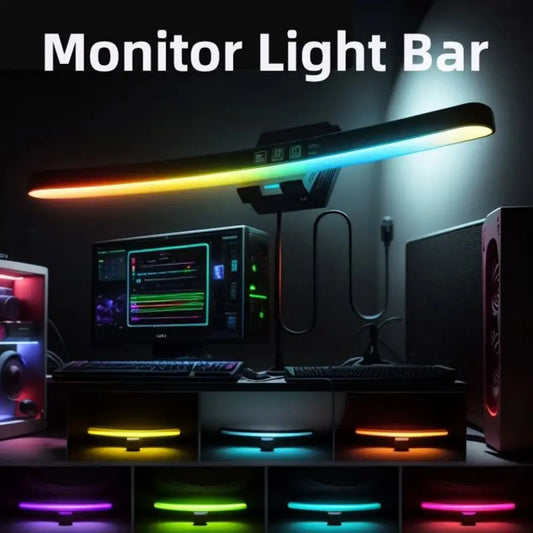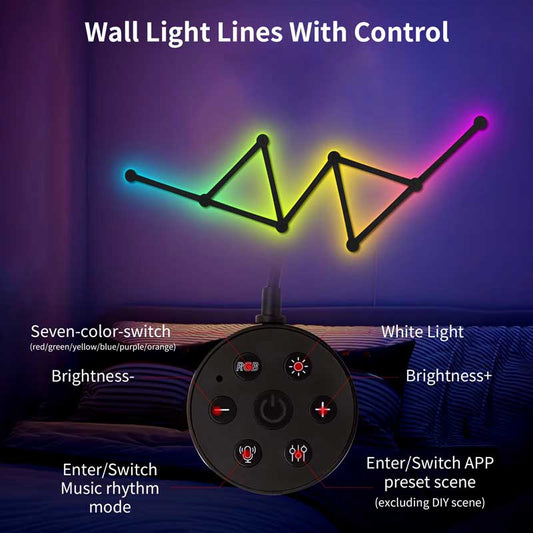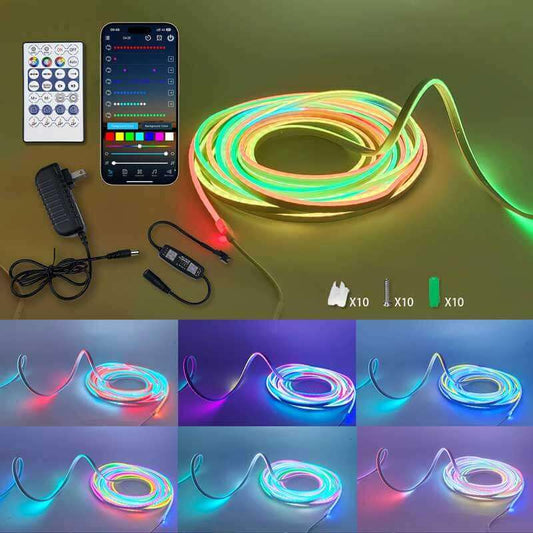What are the common wargaming scales?
Share
In wargaming, the scale of miniatures is crucial as it determines how large the models are relative to the battlefield, the level of detail, and how the game is played. Here are the most common wargaming scales:
1. 28mm Scale (1:56)
- Description: This is perhaps the most popular scale in tabletop wargaming, especially for games like Warhammer 40k, Warhammer Age of Sigmar, and Bolt Action. The "28mm" refers to the height of the average human model, which is around 28mm tall from foot to eye level.
- Usage: This scale is favored for its good balance between detail and ease of use on the tabletop. The models are large enough to have intricate details but still small enough to fit a good number of units on a standard-sized battlefield.
- Examples: Warhammer, Infinity, and Flames of War.
2. 15mm Scale (1:100)
- Description: In 15mm scale, each miniature is about 15mm tall, and this scale is especially popular for historical wargaming and some science fiction games. It’s used when players want larger armies but don’t have the space for the larger 28mm models.
- Usage: The smaller size means that players can fit more miniatures on the board, which is ideal for large battles or historical reenactments.
- Examples: Flames of War, Command Decision, and some sci-fi games.
3. 6mm Scale (1:285)
- Description: Miniatures in this scale are typically very small, measuring around 6mm tall. This scale is excellent for playing large battles, where the focus is on strategy and unit formations rather than individual models.
- Usage: 6mm scale is widely used for large-scale, strategic wargames because it allows players to represent hundreds or thousands of troops on the same table.
- Examples: Epic Armageddon (Warhammer), Warmaster, and various historical wargames.
4. 10mm Scale (1:200)
- Description: The 10mm scale is somewhere in between 6mm and 15mm, offering a good middle ground for players who want more detail than 6mm but still wish to play large battles.
- Usage: It is commonly used for historical wargaming, offering a balance between detail and the ability to field large numbers of models on the table.
- Examples: Warmaster (historical), and some sci-fi games.
5. 54mm Scale (1:32)
- Description: 54mm scale figures are relatively large, typically about 54mm tall, making them great for detailed, highly-visual games.
- Usage: 54mm miniatures are often used in skirmish wargames where individual models are more important than large formations of troops. The scale is also popular in dioramas and displays.
- Examples: Historical battle reenactments, display models, and collector figures.
6. 1/144th Scale
- Description: This scale is commonly used for air combat and vehicle wargames. The "1/144" refers to the size of the miniature relative to the actual object, meaning a 1/144 scale plane is 1/144th of the real size.
- Usage: Perfect for aerial or vehicular wargames, where players simulate combat with planes, tanks, and ships. This scale allows for large battles to be played with relatively small models.
- Examples: X-Wing Miniatures Game, Battletech, and Aircraft Combat games.
7. 1/100th Scale (15mm)
- Description: This scale is particularly used in modeling and military simulation games, especially with tanks and vehicles. It is most commonly seen in historical and modern military wargames.
- Usage: The models tend to be vehicles, tanks, and artillery, and it’s a popular scale for players who want to simulate large armies but in a more compact form.
- Examples: Flames of War (for vehicles).
8. 1/72nd Scale
- Description: A very common scale for plastic model kits and military figures, 1/72nd scale is often used for historical and general tabletop wargames.
- Usage: With its relatively small size, 1/72 scale is popular for gamers who want to play large-scale battles without taking up too much space or needing massive amounts of miniatures.
- Examples: Battlefront’s Flames of War (alternative), and GHQ models.
9. Other Notable Scales
- 1/56th Scale: This is similar to 28mm but can sometimes offer slightly larger models, commonly used for historical or sci-fi.
- 1/48th Scale: Rarely used for wargames but sometimes seen for modeling tanks or vehicles.
- 28mm Heroic Scale: Used for more exaggerated or fantasy-style figures, offering a slightly bulkier design for better detail and presence on the battlefield.
Summary
The choice of scale depends heavily on the type of game and the style of wargaming you prefer. Larger scales like 28mm are popular for skirmish-based games with detailed models, while smaller scales like 6mm and 10mm are favored for larger, more strategic battles. If you're into historical reenactments or more vehicular gameplay, 15mm and 1/72nd scales are great options. Smaller scales allow for large armies and strategic depth, while larger scales provide more detailed miniatures that are more visually impressive.




